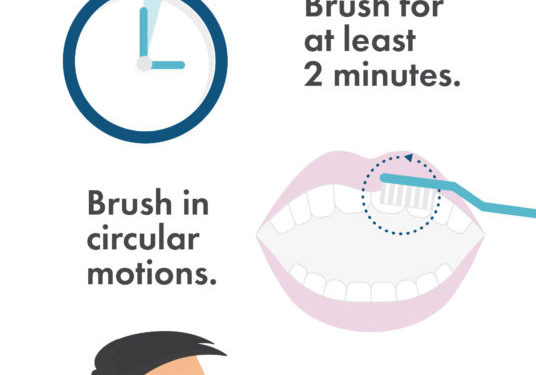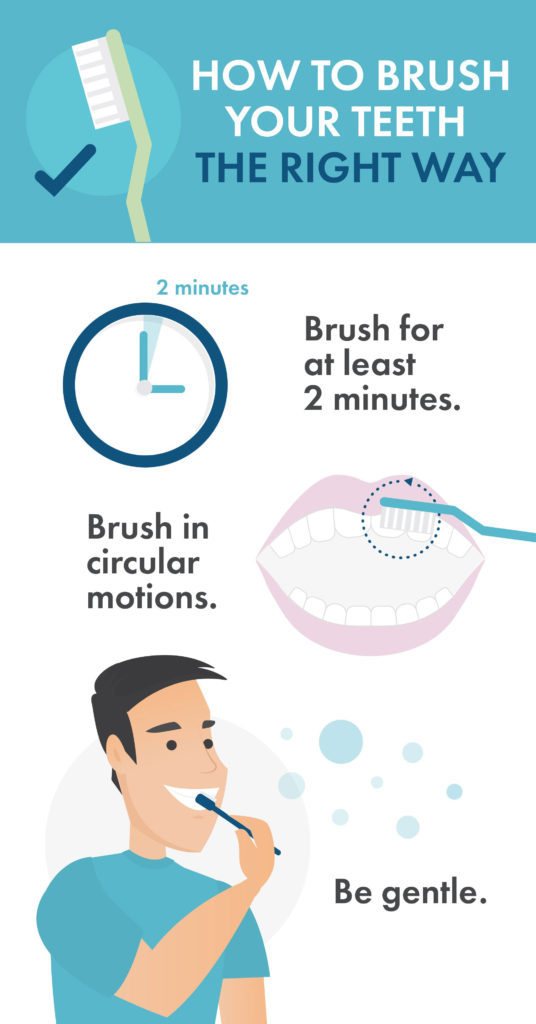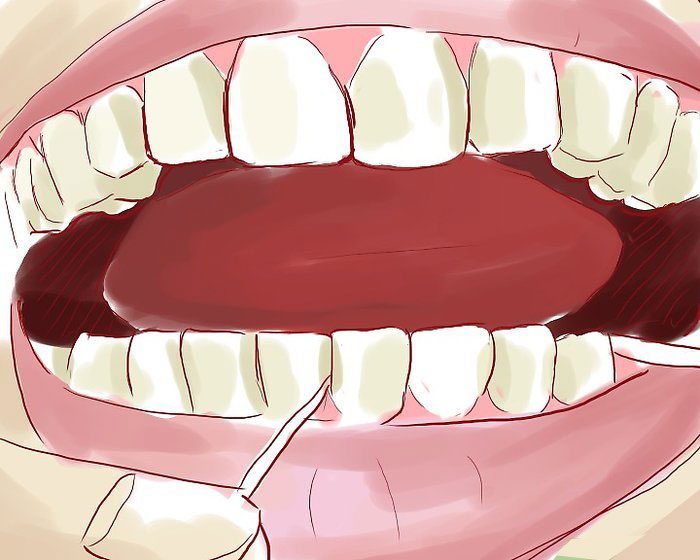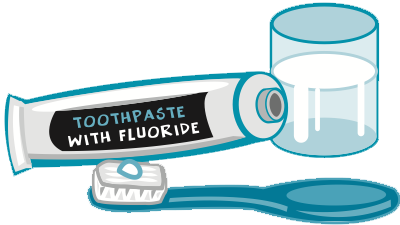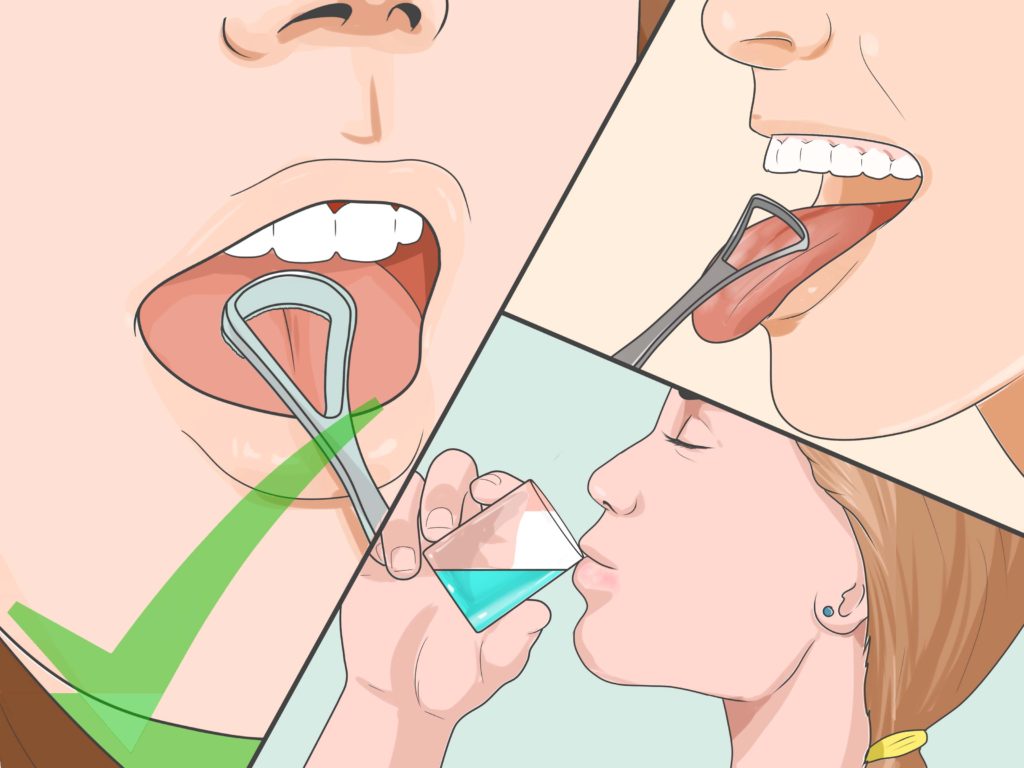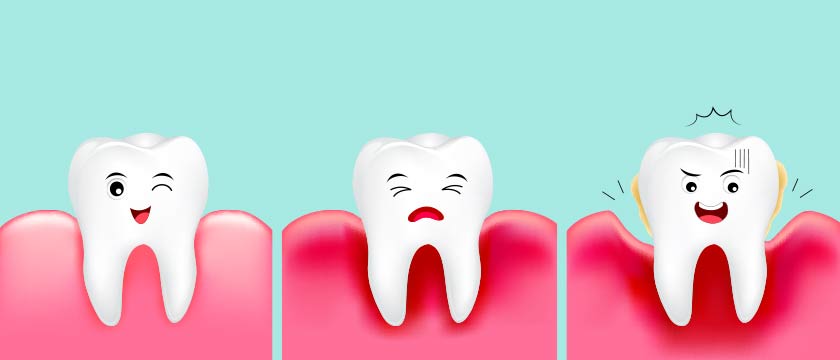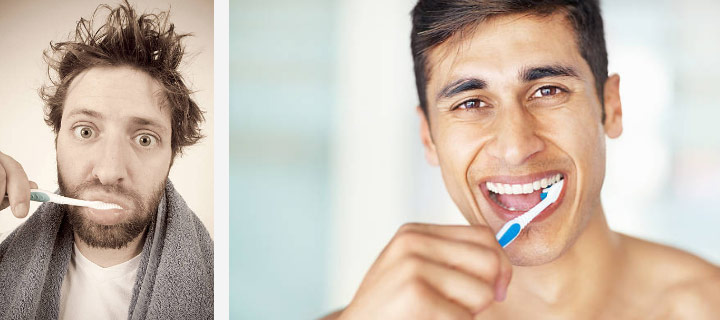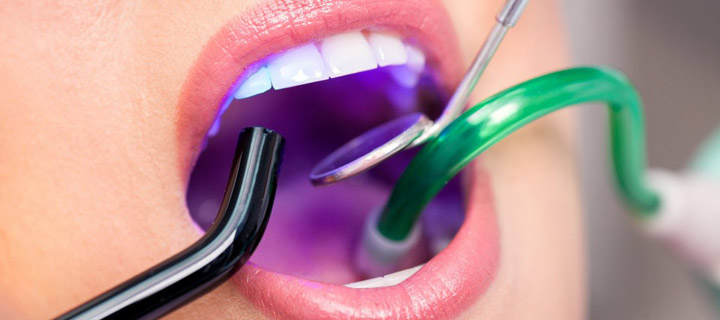When you visit the dentist you might have noticed those three little letters listed after their name, DDS or DMD. That same dentist might have referred you to a dental specialist. What’s the deal with all of these different types of dentists? How do you know what it all means and who you should visit? Not to worry, we’re here to help make sense of the different types of dentists what it means for you as a patient.
General Dentistry – DDS vs DMD
Most often when you go to the dentist, you are seeing your general dentist who is either a DDS or a DMD. A dentist with a DDS has earned their Doctor of Dental Surgery degree; one with a DMD earned their Doctor of Medicine in Dentistry or Doctor of Dental Medicine degree. Both a DDS and a DMD has three or more years of undergraduate studies followed by four years of dental school to earn those credentials.
And yes, they sound the same. The truth is, they are. Both a DDS and a DMD are types of dentists who have the same degrees – the difference in title is due to the university they attended and how that university recognizes the profession. Both must complete the same course studies, a written exam, and a licensing exam to practice dentistry.
Both of theses types of dentists are considered general dentists and are your primary provider who treats your overall oral health care needs. This includes diagnosing and treating problems such as gum disease, cavities, root canals, crowns, and bridges as well as preventative care, hopefully allowing you to avoid the need for our next types of dentists – the dental specialists.
Dental Specialists
Sometimes your oral health needs may require your general dentist to refer you to a dental specialist. Dental specialists have completed an additional two to four years of training that is focused on a specific side of dentistry. Here are the most common types of dental specialists.
Orthodontist – A patient is referred to an orthodontist when a general dentist notices misalignments with the jaw and/or teeth of both children and adults. If there are extra teeth, missing teeth, or teeth are crowded, an orthodontist will treat the patient with solutions like braces, Invisalign, and/or retainers. Don’t be surprised if your child is referred to an orthodontist as early as the age of seven.
Pediatric Dentist – The types of dentists who work exclusively with children are called pediatric dentists or pedodontists. Much of their additional training focuses on building a positive association between children and their dentist and is based in child psychology. They work with children to build a base line for good oral health care and many work with patients who have special needs.
Oral Surgeon – an oral surgeon specializes in the surgical treatment of disease, injuries and esthetic or functional areas of the mouth. They are the ones who remove wisdom teeth, handle dental implants, and biopsy suspicious spots in the mouth. They also have additional training in anesthesia to ensure the comfort of the patient when surgery is required.
Endodontist – these dental specialists have received training to help patients address tooth pain while saving their natural teeth by performing root canal treatment – a procedure that treats the infected tissues within a tooth. In fact, the word “endodontic” comes from the Greek word “endo” meaning “inside” and “odont” meaning tooth!
Periodontist – a periodontist is a dental specialist that focuses on caring for your gums and the supporting tissues and structure around your teeth. In most cases, a referral to a periodontist is made to help patients treat advanced periodontal (gum) disease. They also are trained to place dental implants.
Prosthodontist – this dental specialist focuses on helping patients restore and/or replace lost or damaged teeth. Their goal is to look at all of the elements related to helping a patient achieve a functional, natural looking smile. Some of the treatment they perform can include dental implants, bridges & dentures.
While it may seem like an inconvenience to visit a dental specialist, it is in your best interest to to do so when referred. Just like you wouldn’t visit your primary care physician for knee replacement surgery, a specialist has the additional training and experience to provide you with specialized treatment to help you achieve optimal oral health.
So there you have it, the types of dentists explained. Remember, your general dentist will always be your primary point of contact to help you with your oral health care needs. Do you need a new general dentist? Think you need a referral to a dental specialist? Find a PERFECT TEETH dental office near you online for more information.




